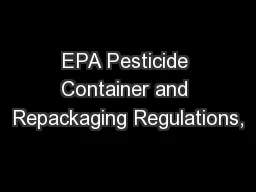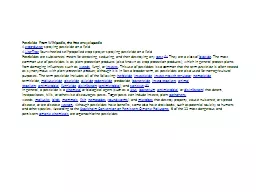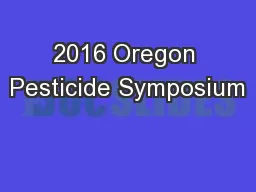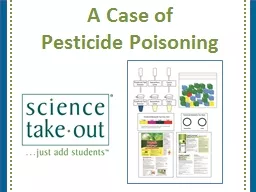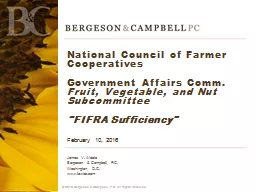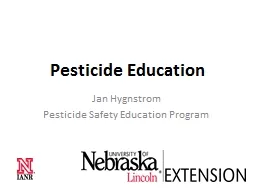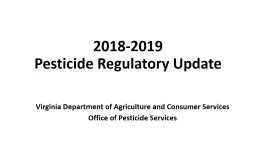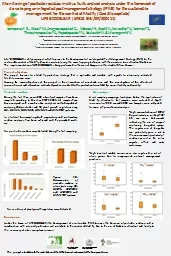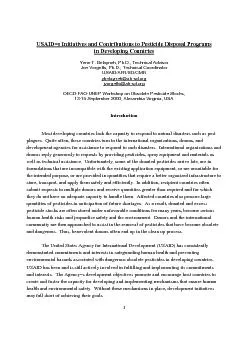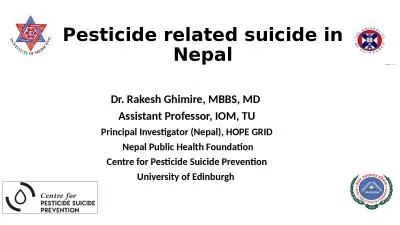PDF-National Pesticide Information Center
Author : belinda | Published Date : 2022-08-16
1 This fact sheet describes used as a pesticide in sprays granules and other products crops are di31erent They146re called 147genetically engineered148 or 147transgenic148
Presentation Embed Code
Download Presentation
Download Presentation The PPT/PDF document "National Pesticide Information Center" is the property of its rightful owner. Permission is granted to download and print the materials on this website for personal, non-commercial use only, and to display it on your personal computer provided you do not modify the materials and that you retain all copyright notices contained in the materials. By downloading content from our website, you accept the terms of this agreement.
National Pesticide Information Center: Transcript
Download Rules Of Document
"National Pesticide Information Center"The content belongs to its owner. You may download and print it for personal use, without modification, and keep all copyright notices. By downloading, you agree to these terms.
Related Documents



